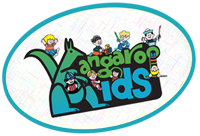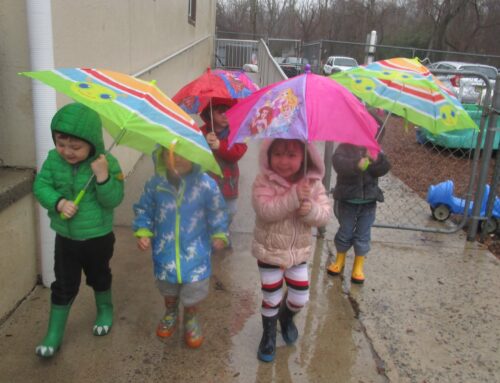This is the 3rd in a 5 part series on Choosing a Preschool or Child Care Program for your child. The most important aspect to consider when selecting a school is the staff. See the blog, Choosing A Preschool – “Who is Teaching My Child? Making A Decision: What is Best of My Child?” for information on what to look when observing teachers. The next topic was safety. Today we will cover what to look for in the environment.
The best environment for children is where they can function most of the day in small groups. This environment provides children with many opportunities for choice and a variety of activities and experiences. The environment can be a great tool for learning and a resource for information if it is print rich and has high quality materials easily accessible to children.
1. The room should be set up in “centers” where children can chose varied activities. For example, some of the centers you should see are a reading center, a science center, a dramatic play area, an art center.
2. Children’s artwork should be displayed in manner pleasing to the eye. This shows that the children’s work is respected and appreciated.
3. There should be soft areas in the room where children can cuddle up with a good book.
4. There should be high quality books available for children.
5. The toys and materials should be age appropriate to avoid frustration or boredom.
6. The younger the age group, the more important it is to have duplicate toys, as children are just learning to share.
7. Shelves should be organized and well labeled. Even toddlers can learn to be helpful in keeping their environment neat if the shelves are well labeled with pictorial labeling as well as words. The added benefits are that children learn that they are competent individuals and that cooperation is important. They also develop pride in a job well done. Labeling also helps to facilitate their literacy experiences.
8. The environment should be Interesting and stimulating, without being overwhelming.
9. Although there will be large group activities like circle time or morning meeting, most of the day children should be in small groups. This gives them more time for quality interactions with the teachers and more opportunity for language experiences.





